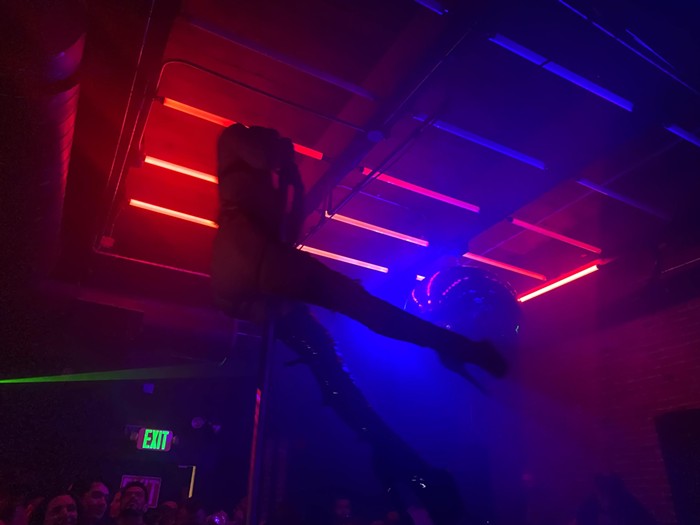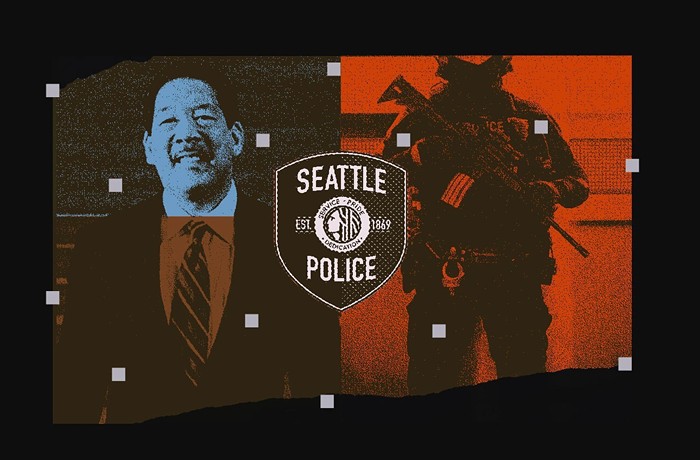
New York Times urbanism writer Emily Badger, formerly of the Washington Post and the Atlantic, published a piece today all about Heidi Groover's favorite topic: zoning. Even better, it cited Heidi's reporting from December on Magnolia residents opposing affordable housing for formerly homeless seniors in the first sentence.
The piece is great. It traces the origin of zoning laws from the early days of denser living in New York City, to racist housing covenants, to gated communities, to years-long conflicts over affordable housing like the kind taking place in Seattle. And it ties in nuisance laws, which people often forget about, too.
And remember all those ruffled feathers over the Housing Affordability and Livability Agenda's (HALA's) mention of systemic racism in the foundation of zoning laws? Badger writes:
The story of how Americans came to peer beyond their own properties is also, inescapably, about race. As urbanization brought blacks and whites closer together, white communities reacted with racially restrictive covenants, aiming to keep blacks and their perceived threat to property values out of white neighborhoods. The Supreme Court ruled such covenants unenforceable in 1948, but they had long-lasting effects on how homeowners looked at the world around them, and the need to control it.
Anyway, the piece is a must-read, not just because it links to us. And maybe it underlines the idea that Seattle's housing crisis can no longer be just a series of local stories.


















